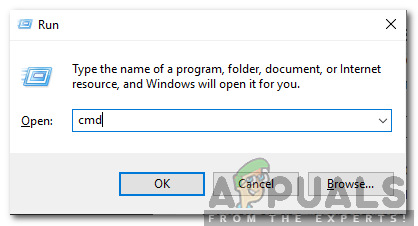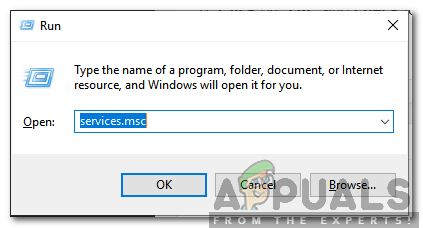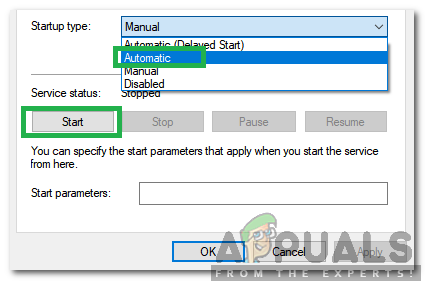What Causes the “Windows Subsystem For Linux has no Installed Distributions” Error?
After receiving numerous complaints from multiple users, we decided to investigate the issue and devised a set of solutions that fixed the error for most of our users. Also, we looked into the reasons due to which this error is triggered and listed them below. Now that you have a basic understanding of the nature of the problem, we will move on towards the solutions. Make sure to implement these in the specific order in which they are presented to avoid conflict.
Solution 1: Installing Distributions Manually
If certain distributions cannot be downloaded and installed automatically, we can try to install them manually through the command prompt. Therefore, in this step, we will be running a command to install essential distributions. For that:
Solution 2: Wait for 10 Minutes
For some users, the problem fixed itself after 5 to 10 minutes. Often after a reboot, certain processes and services take some time to start. Due to this, the error might be triggered if you try to run bash too soon after the startup. Therefore, it is recommended to wait for at least 10 minutes after booting up your computer before you proceed with the steps below.
Solution 3: Installing Ubuntu
If Ubuntu hasn’t been installed on your computer, it can trigger this error because it is a very important distribution that is required in order to run bash. In order to download and install Ubuntu follow the steps below.
Solution 4: Starting LxssManager Service
It is possible that the LxssManager Service has been disabled due to which this error is triggered. Therefore, in this step, we will be manually starting the LxssManager Service. For that:
Choosing Between the Different Linux DistributionsWhat Does ‘apt’ mean in Linux Distributions?How to Fix ‘gedit’ Error on Windows Subsystem for Linux?Windows 10 OS Subsystem For Linux Gets NVIDIA CUDA GPU Accelerated Compute With…





